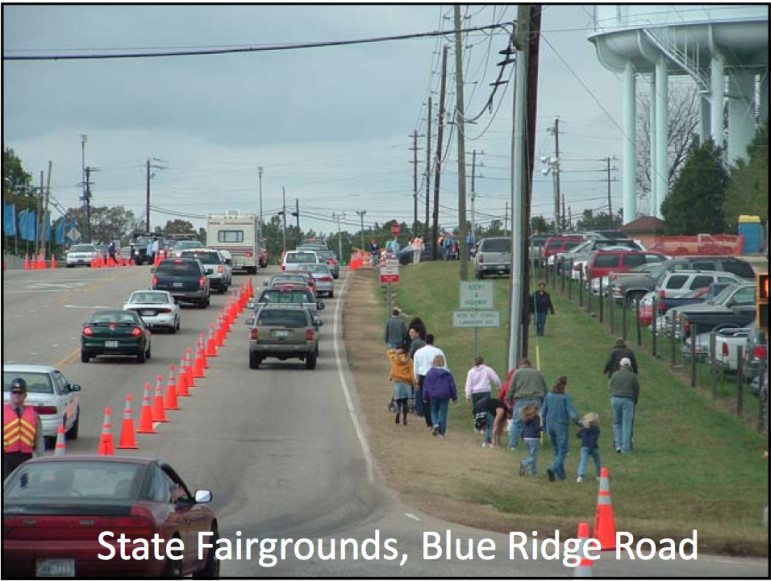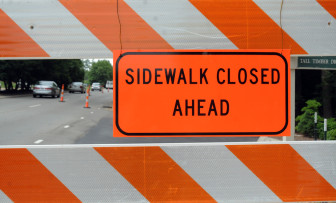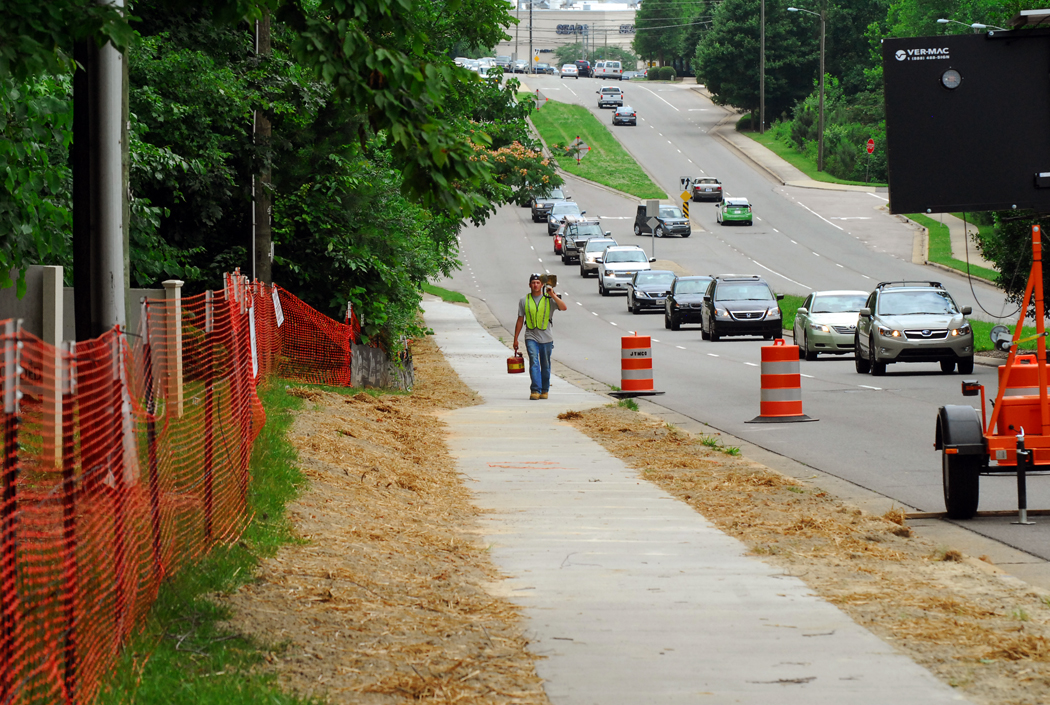City leaders want to transform Raleigh into a “walkable city,” a goal that will take work for a city once ranked as one of top 10 dangerous cities for walking.
City leaders are moving forward with the Comprehensive Pedestrian Plan, according to City Transportation Planning Manager Eric Lamb.
Lamb presented information about the plan last week at an Urban Design Center Education Forum. The plan, approved by Council in January, involves improving infrastructure, creating destinations, making travel easier, changing attitudes about walking, making pedestrian transportation nicer and integrating transit.

City of Raleigh
Raleigh was ranked in the top 10 most dangerous cities for walking in 2007-08. As the city grows, leaders need to make plans to adjust and ensure safety for walkers, Lamb said.
“As the city’s growth is force inward, we’re going to have to retrofit the environment to improve things for pedestrians,” he said.
Raleigh needs to find somewhere to place 120,000 additional residential units and 170,000 jobs in the next 20 years—and the walkers and bikers that go along with this growth. The city’s residents have expressed a need for streets that are vibrant, beautiful, functional and complete, Lamb said.
The plan focuses on four main objectives: install sidewalks where they are missing, maintain sidewalks, address uncomfortable street crossings and intersections and change driver behaviors toward pedestrians.
The first step to install missing sidewalks is to develop an inventory of missing segments and areas in need of improvement, Lamb said. The city prioritized areas based on need and public demand. The sidewalk priority list is available on the Comprehensive Pedestrian Plan web page.

Karen Tam / Raleigh Public Record
New sidewalks will be installed from fiscal years 2013 to 2016. The project will focus on installing missing sidewalks in the first year and will install sidewalks as part of major Capital Improvement Plan (CIP) projects within the next five years. Eleven projects are currently scheduled for 2013.
Residents who want to submit sidewalk changes can do so through a new petition process. Residents can apply for petitions online by contacting a member of the petition staff or using the online petition request form and can use direct mail to respond to requests.
While sidewalks are a popular topic, Lamb’s greatest concerns are pedestrian crossings and access to places of work from public transportation. He showed an example of Raleigh car wash located nearby a bus stop with no pedestrian accommodations.

City of Raleigh
He said the solution to this often includes “road diets,” where unnecessary travel lanes are removed for multimodal improvement. Such a diet allows room for bike lanes and for a more comfortable experience and easier crossing for pedestrians, even if they are still crossing the same distance.
The final piece of the plan, changing driver behaviors, is a longer process, Lamb said, and will take more advertising, enforcement and cooperation with police.
“We can’t just do a three to six-month campaign,” he said. “If we want to change attitudes we need three to five years.”
Raleigh’s plans will be incorporated into a statewide effort to make pedestrian improvements. Lauren Blackburn, director of NCDOT Division of Bicycle and Pedestrian Transportation, said state planning will take place and neighborhood, community (regional) and journey (statewide) levels to focus on specific needs.
The neighborhood level focuses on daily trips, local transportation and personal health, work and business. The community level will emphasize connectivity, exploration and lifestyle—often through greenway development. The journey-level projects are statewide and will encourage tourism and environmental awareness.
